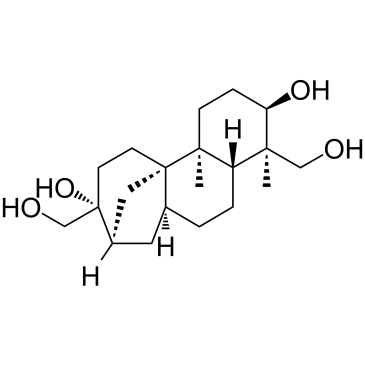| Structure | Name/CAS No. | Articles |
|---|---|---|
 |
(+)-Aphidicolin
CAS:38966-21-1 |
|
 |
SC-1
CAS:1313019-65-6 |
|
 |
Pluripotin
CAS:839707-37-8 |